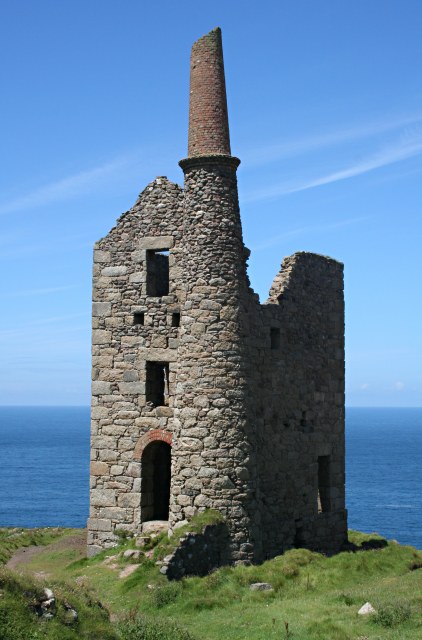Sett forms a roughly triangular shape, extending from the northeastern side of Carharrack village. Its boundaries are marked by the B3298 to the west, an unnamed road north of Consols Road to the south, and a stream in the valley separating it from Wheal Jewell to the north. The sett’s apex in the northeast meets the western side of Wheal Maid Mine, with which Carharrack Mine was previously worked.
Although no extant plans of the mine are known, it’s noted that the upper levels are situated within the killas while granite, containing green and purple fluorite, is encountered at depth. Carharrack Mine is renowned as the type locality for the arsenate minerals olivenite and pharmacosiderite. However, little remains visible today, with most shafts obscured and dump areas reclaimed as rough farmland.
Despite its proximity to Carharrack, only a portion of the Carharrack sett falls within the current Carharrack civil parish, with the majority lying within the Gwennap CP. Initially, Carharrack Mine was one of several small mines amalgamated under the name Consolidated Mines in 1780. Subsequently, Poldice and Carharrack Mines, along with Wheal Maid, formed St Day United when they merged in 1852. In 1864, Wheals Unity, Gorland, Creegbrawse, and Penkevil were added to the group, leading to a name change to Poldice Mines in 1870.
1780s… 1869-1879 1884-1893
Publications (2)
- Dines, Henry George (1956); BGS - Regional Memoirs - Metalliferous Mining Region of South West England Vol1, The; 567 pages
- Fellows, Roy; Cornwall Underground; 25 pages












